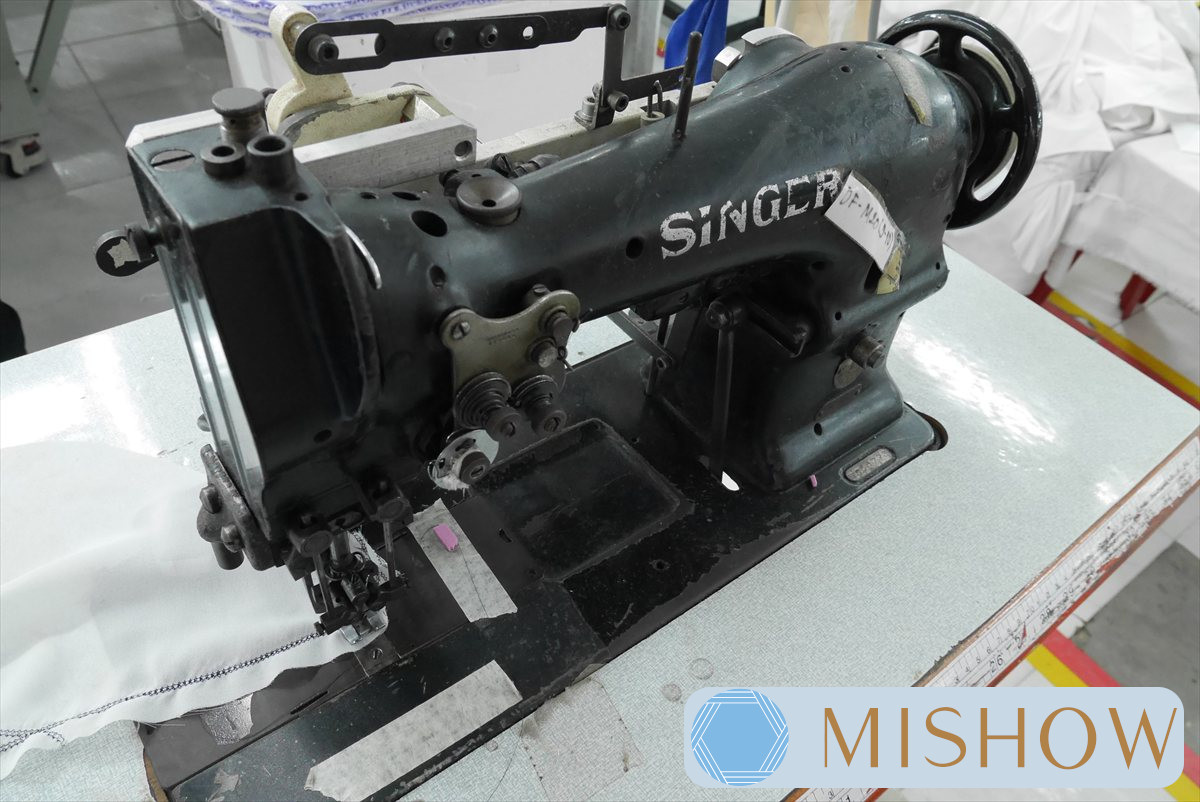Inside our factory, there are machines that we use maybe once a year — or even less.
One of them is a special machine for picot stitching, a decorative seam that adds a delicate accent to garments.
It looks quite vintage, and in fact, it’s no longer in production.
Still, Mishow keeps these machines carefully maintained and ready to use.
Because no matter how rare the machine is, its time to shine will always come again.
Picot stitching is not part of regular mass production.
It requires a feel for the thread, a sense of tension, and familiarity with the machine’s personality.
Even experienced technicians need a moment to “reconnect” with it before production begins.
Once the order arrives, we prepare everything — from maintenance to test sewing — with full attention to detail.
Of course, the same stitch can be sewn on modern machines as well.
But somehow, it never feels exactly the same.
And in the fashion industry, that subtle difference is often what clients are looking for.
There’s a reason why Mishow continues to keep these rarely used machines.
Sometimes, a customer who once ordered a special design comes back years later asking for the same finish.
Other times, clients simply trust us, saying, “Mishow can sew this, right?”
In fact, many don’t realize how complex some stitches really are.
But we never like to say, “That’s impossible.”
Instead, we always ask ourselves, “How can we make it happen?”
Older machines demand care and experience.
While doing maintenance, conversations often turn nostalgic — stories about past colleagues, old projects, or garments made long ago.
These machines are more than tools — they are part of Mishow’s history.
Keeping them running requires preparation and patience.
Since spare parts are no longer available, we stock what we can and perform regular maintenance — oiling, testing, adjusting — even when the machine isn’t in use.
The older machines resting in our workshop aren’t relics of the past.
They are symbols of Mishow’s adaptability and craftsmanship —
always ready, always waiting for the next request, no matter how rare it may be.





